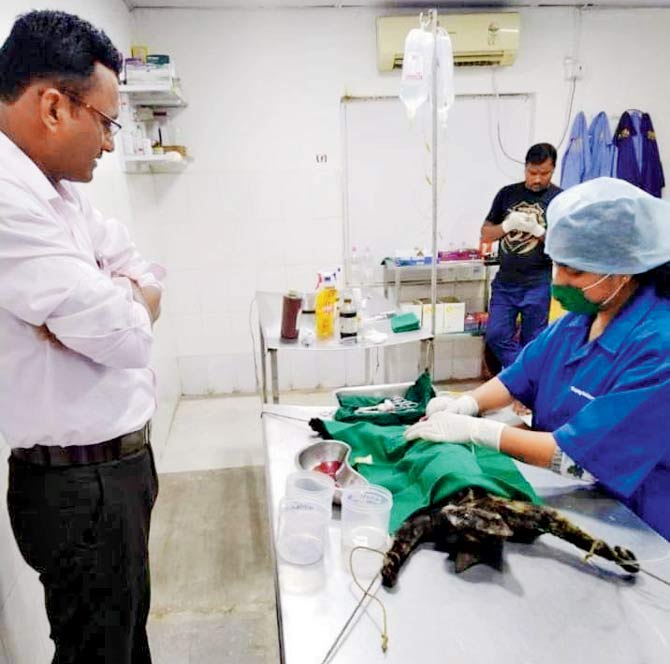Mumbaikars rush to spay female cats first, say veterinarians and centres- managers

Cats being sterilised at the Universal Animal Welfare Society in Malad
The civic body-s recently launched cat sterilisation programme has seen a higher number of female cats being sterilised than male cats with the male to female ratio being 30:70. Veterinarians say the reason behind this trend is the urgency among people to get the -kitten-bearing- felines sterilised on priority.
The Brihanmumbai Municipal Corporation BMC decided to start four sterilisation centres for cats to tackle the rising feline population. It finalised the Bombay Veterinary College in Parel, In Defence of Animals IDA in Govandi, the Universal Animal Welfare Society in Malad and the Animal And Bird Care and Advanced Research Centre in Goregaon.
ADVERTISEMENT
BMC-sponsored sterilisation began at IDA on January 26. While the sterilisation of both males and females is important, the centre has seen a higher number of females being brought for sterilisation.

Krishna Shenoi, IDA-s branch manager, told mid-day, "Residents and cat-lovers bring cats to us for sterilisation. Generally, people bring cats from their housing society or street cats whom they feed regularly. Cats deliver two to three kittens at one time, hence people tend to get females sterilised urgently. People feel that even if they get the area-s male cat sterilised, a female cat may still get pregnant from another male cat." The IDA has sterilised 150 cats since BMC-sponsored procedures began, with the male to female ratio being 30:70.
Dr Hanumant Shelke, a veterinarian from Malad-s Universal Animal Welfare Society has a similar experience. While BMC-sponsored sterilisation hasn-t begun here yet, the NGO has been sterilising street dogs and cats since 2016. "We have sterilised around 750 female cats and 350 male cats in the past three years. Sterilising a female cat is more complex than a male cat as it requires cutting a cat open. Still, the numbers are high for females."
BMC pays -800 per male cat and -1,000 per female cat for sterilisation.
Dr Yogesh Shetye, general manager of the Deonar abattoir and project-in-charge, said that all centres together can sterilise around 300 cats per month, with the Parel and Goregaon units having the capacity to sterilise 50 cats male or female per month, and Govandi and Malad units having a capacity of 100 procedures per month.
Charu Khosla, chairperson of The Feline Foundation at Versova said, "At our centre, we sterilise around 80 female cats and 40 male cats in a month. There is an urgency to sterilise females before male cats. Although both are involved, the fact that it is the female who gets pregnant and produces kittens makes people bring them in first."
As per Animal Birth Control Rules, 2001, published under Section 38 of the Prevention of Cruelty to Animals Act, 1960, only stray dogs can be neutered. However, after a ruckus over the stray cat nuisance, BMC took permission from the Animal Welfare Board of India AWBI to neuter cats.
30:70
The ratio of male to female sterilisation
Catch up on all the latest Crime, National, International and Hatke news here. Also, download the new mid-day Android and iOS apps to get latest updates
 Subscribe today by clicking the link and stay updated with the latest news!" Click here!
Subscribe today by clicking the link and stay updated with the latest news!" Click here!







